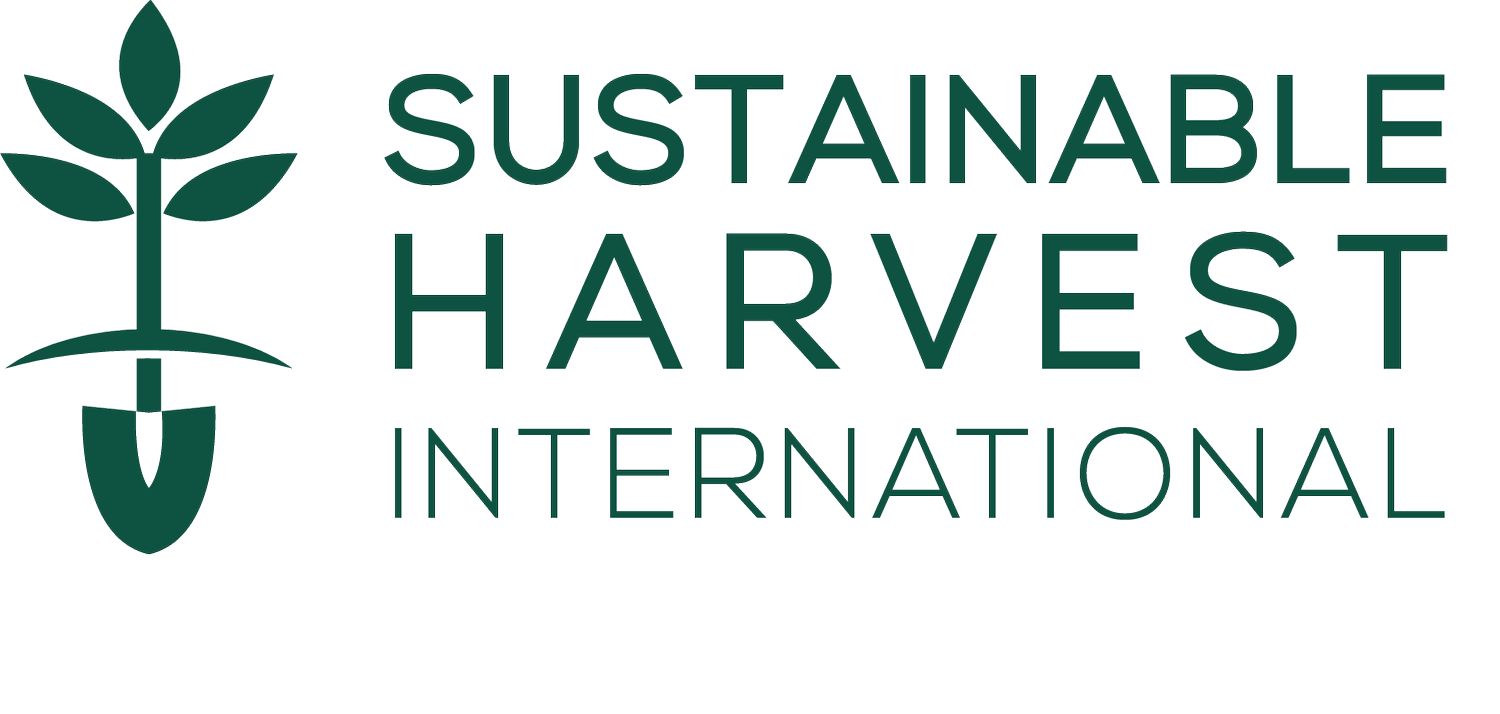By Erin Wade and Staff
This World Wildlife Day, we’d like to toast the critters! The forests, streams, mountains, lowlands, and wetlands of Central America are teeming with critters—critters that need to be protected. Why? Because they’re integral to the ecosystems that people like you are striving to protect.
In Central America, deforestation is the single greatest threat to wildlife. Every year, more and more forests—which provide crucial wildlife habitat—are lost.
Forests are being destroyed and repurposed for conventional agriculture, which means replacing rich, healthy ecosystems with acres of chemically-treated crops. Everyone needs to eat, right?
Luckily, the farmers who partner with us have proven time and time again that you can have your cake and eat it, too. By which we mean, farmers can sustainably produce more than enough food for their families to survive using methods that actually preserve the environment rather than degrade it.
Through reforestation and sustainable farming practices, the farmers we partner with actively protect wildlife habitat on a daily basis. Because at the end of the day, every species needs a place to live that will sustain them in the long run.
Meet some of the dazzling critters being protected through sustainable farming.
Since 1997, we’ve partnered with over 2,800 families in Central America to preserve the environment and improve well-being through sustainable farming methods. As a result, more and more farmers are preserving wildlife habitat for generations to come. Learn more.










This blunt-headed tree snake was spotted during a night hike in Belize. These colorful snakes are arboreal and most often found in low vegetation such as coffee bushes. They prefer cool and moist areas like rainforests.